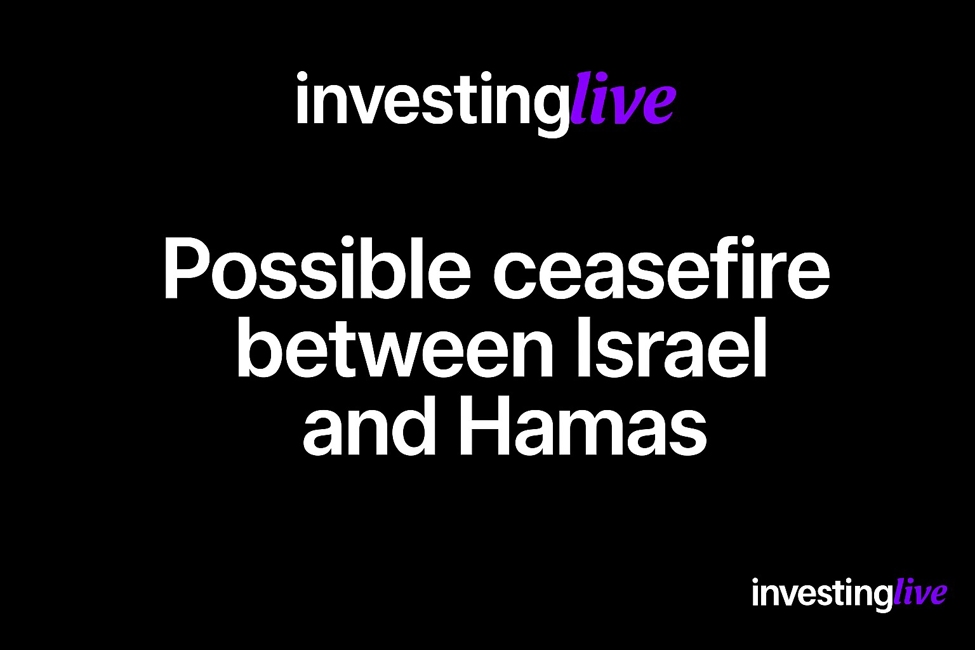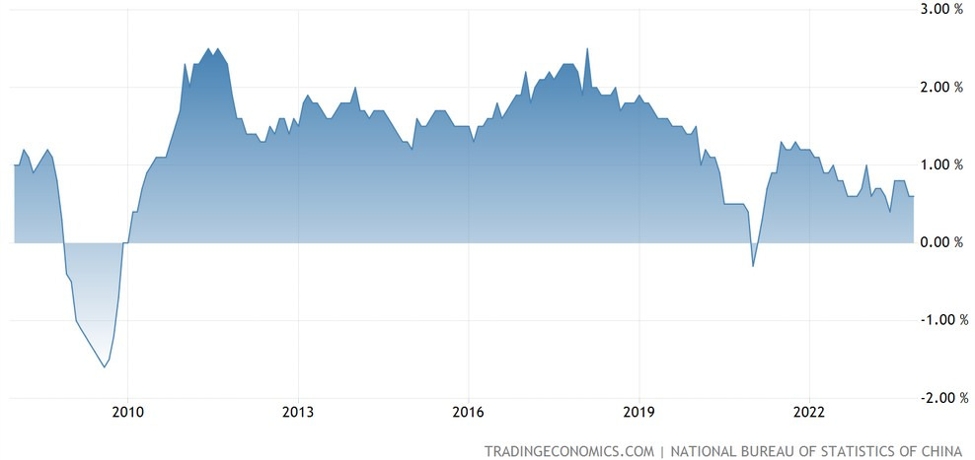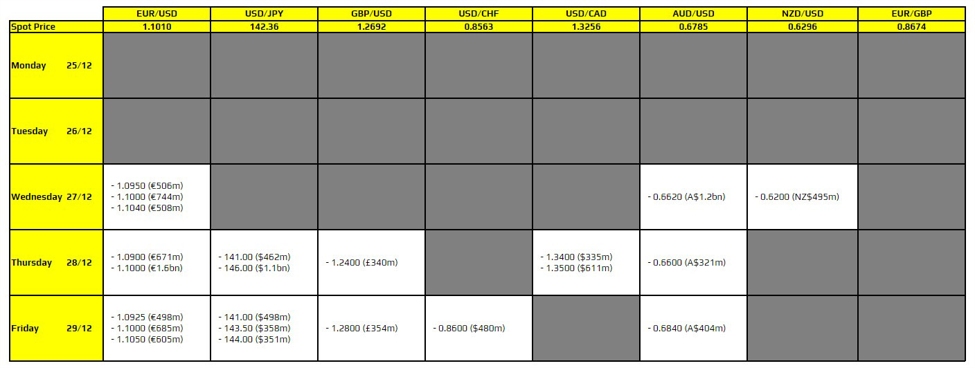Israel-Hamas Ceasefire Possibly Coming Very Soon
What is the current Israel-Hamas ceasefire proposal?
A new ceasefire proposal brokered by former U.S. President Donald Trump has been detailed today by Saudi-owned broadcaster Al Arabiya. The proposal includes a structured 60-day ceasefire between Israel and Hamas, with staged hostage releases by Hamas and phased withdrawals of Israeli forces from Gaza.
What are the key phases and dates of the ceasefire proposal?
-
Day 1: Hamas releases eight living hostages; Israel withdraws from northern Gaza.
-
Day 7: Hamas returns five deceased hostages; Israel withdraws from southern Gaza.
-
Days 30, 50, and 60: Hamas gradually returns an additional 18 deceased and two living hostages.
How might this proposal positively impact markets (Risk-On)?
-
Increased Stability: Successful implementation may ease geopolitical tensions in the region.
-
Improved Investor Confidence: Positive sentiment could drive up valuations in Israeli equities, bonds, and regional Middle Eastern markets.
-
Lower Volatility: Potential reduction in market volatility indicators such as VIX and regional credit default swaps.
What market risks could arise if the deal falters (Risk-Off)?
-
Escalation of Tensions: Any delays or failures in hostage releases or Israeli withdrawals could lead to renewed conflict.
-
Market Volatility: A breakdown or partial compliance may trigger sharp declines in Israeli and regional asset prices, currency depreciation, and widening credit spreads.
Which milestones should traders closely monitor?
-
Immediate Reaction (Day 1 and Day 7): Initial market response will provide insight into overall confidence in the ceasefire.
-
Mid-Term Evaluation (~Day 30): Monitor ongoing adherence to terms, which is crucial for assessing long-term sustainability.
-
Final Deadline (Day 60): Likely to be the decisive factor influencing medium-term market sentiment and positioning.
How should investors approach this event?
This ceasefire proposal presents clear event-driven trading opportunities. Traders should be prepared for both potential risk-on and risk-off scenarios and implement rigorous risk management strategies accordingly.
Disclaimer: This is not financial advice. Investors should trade at their own risk and perform their own due diligence.
ForexLive.com
is evolving into
investingLive.com, a new destination for intelligent market updates and smarter
decision-making for investors and traders alike.















